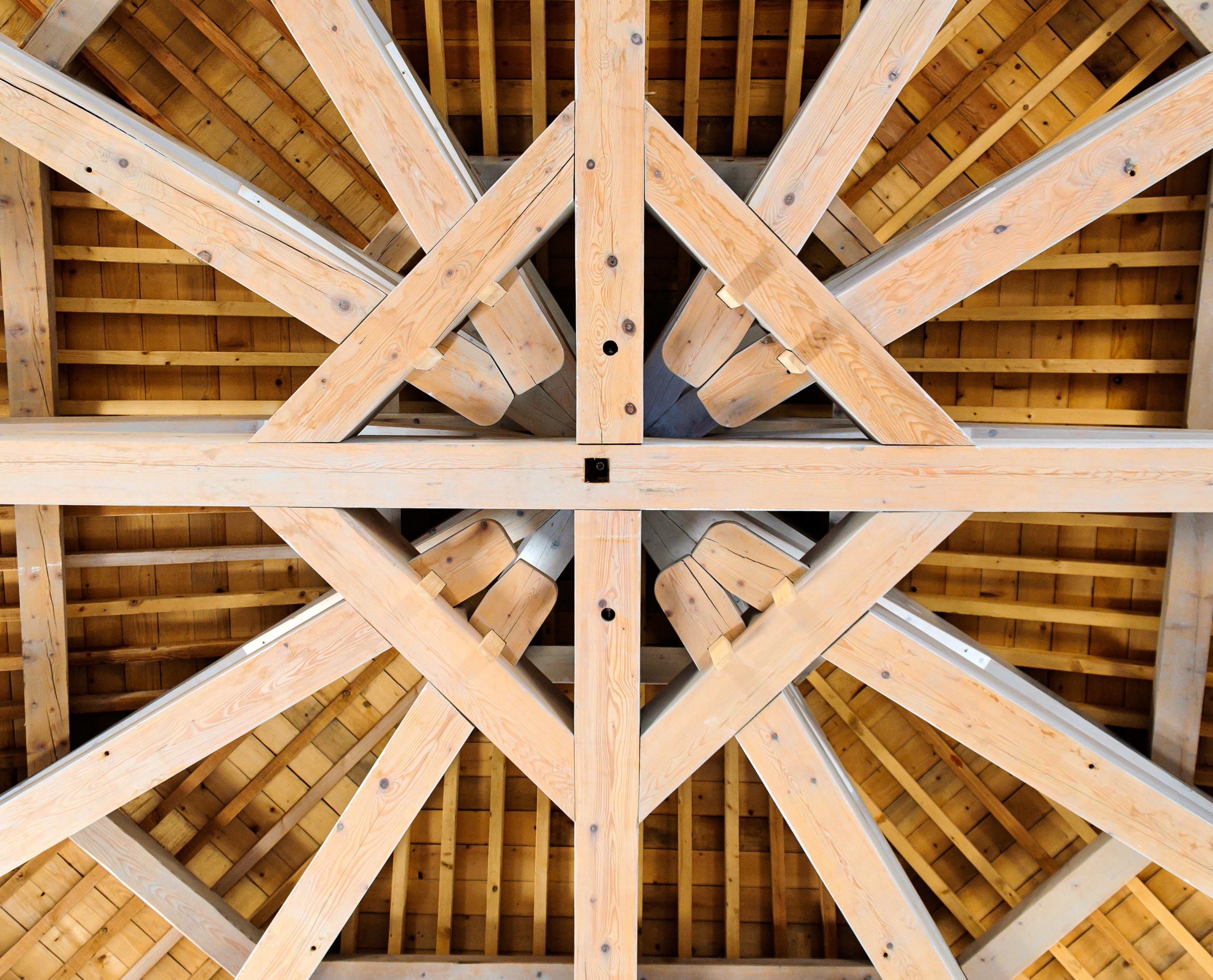Fireproof wood in construction: understanding European regulations

Building and construction professionals, you should be familiar with Euroclasses: the European classification system for assessing a product’s reaction to fire. But how do you decipher this classification and why is it important to choose the right products? fire retardant products to improve the classification of construction wood ?
The European classification for assessing reaction to fire
Reaction to fire should not be confused with resistance to fire :
- The term reaction to fire is used to assess a product’s ability to sustain an external fire by burning itself;
- Fire resistance is used to assess a product’s ability to retain its initial properties over a given period of time.
Previously, each country in the European Union had its own reaction-to-fire classificationsystem, but since the decree of 21 November 2002, the EU Construction Products Regulation has ordered the harmonisation of rating systems to facilitate the free movement of goods.
The Euroclasses therefore determine whether the product will play a role in the propagation of fire and, if so, to what extent.
European classification criteria
France and the European Union agree that building structures must limit the spread of fire to neighbouring structures in the event of a fire.
Until recently, France used an M classification (M1, M2, M3, M4 and M5…) which is still used for a minority of products such as furniture.
To determine the classification of a construction material, tests are carried out in accordance with standard EN-13501-1 by independent laboratories, in particular using the SBI (Single Burning Item). This test determines the reaction-to-fire performance of a material exposed to a single source of heat.
Depending on the tests, the materials are given a classification based on a number of criteria.
- The degree of flammability and the contribution to the spread of fire:
A1: Not at all flammable
A2: Extremely limited contribution to fire
B: Very limited contribution to fire
C: Limited contribution to fire
D: Acceptable contribution to fire
E: Acceptable reaction to fire
F: Downgraded by the small flame test - Smoke production duringa fire :
s1: Low smoke emission
s2: Average smoke emission
s3: Strong smoke development or untested smoke development - Projection of flaming debris.
d0: No ignited droplets
d1: limited fall of ignited droplets (max.10 seconds)
d2: unlimited fall of ignited droplets
Protect wood with fire retardants to improve reaction to fire classification
Building materials such as cladding, framing and CLT (cross-laminated timber) panels are logically flammable because of their raw material: wood. They must meet certain requirements depending on their usefulness, as detailed in the Order of 21 November 2002.
For example wood cladding and facade materials are subject to the following fire resistance class requirements:
- Residential (1era and 2ndth family) : D-s3,d0
- ERP : C-s3,d0 or D-s3,d0 (if C+D rule)
However, there are techniques for protecting wood and improving its reaction and resistance to fire.
Intumescent products form a “meringue” when they come into contact with fire, helping to preserve the material’s properties.
Fire retardant products , when applied by professionals, influence the charring of the wood by modifying its structure and slowing the start of the fire.
Groupe Berkem’s ecological fireproofing product for exterior and interior wood, achieved an SBI result of up to B-S1,d0 (depending on the application) on 22mm thick horizontal Scots pine cladding boards by pressure impregnation in an autoclave.
To find out more about the Groupe Berkem’s fireproof products, consult the AXILrange of preventive treatments for the wood industry.